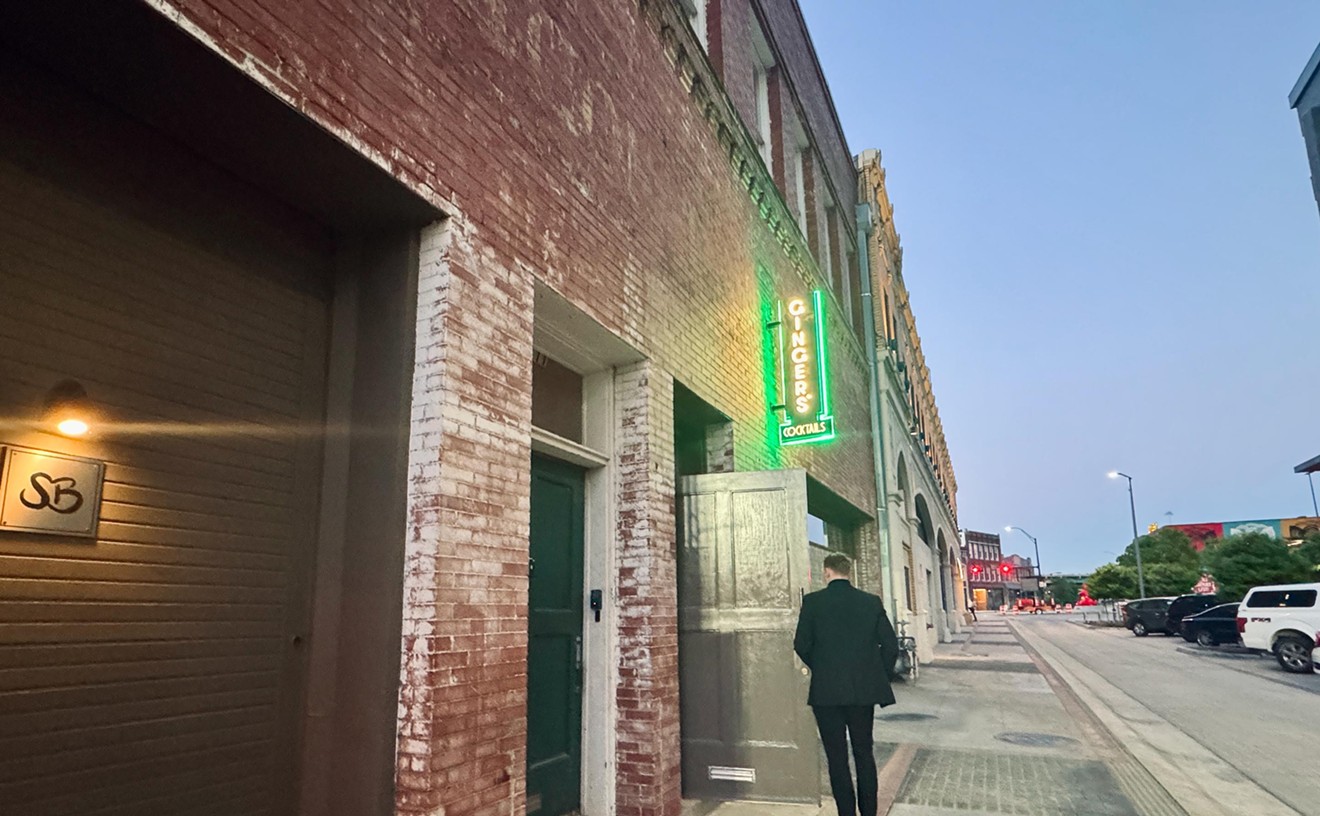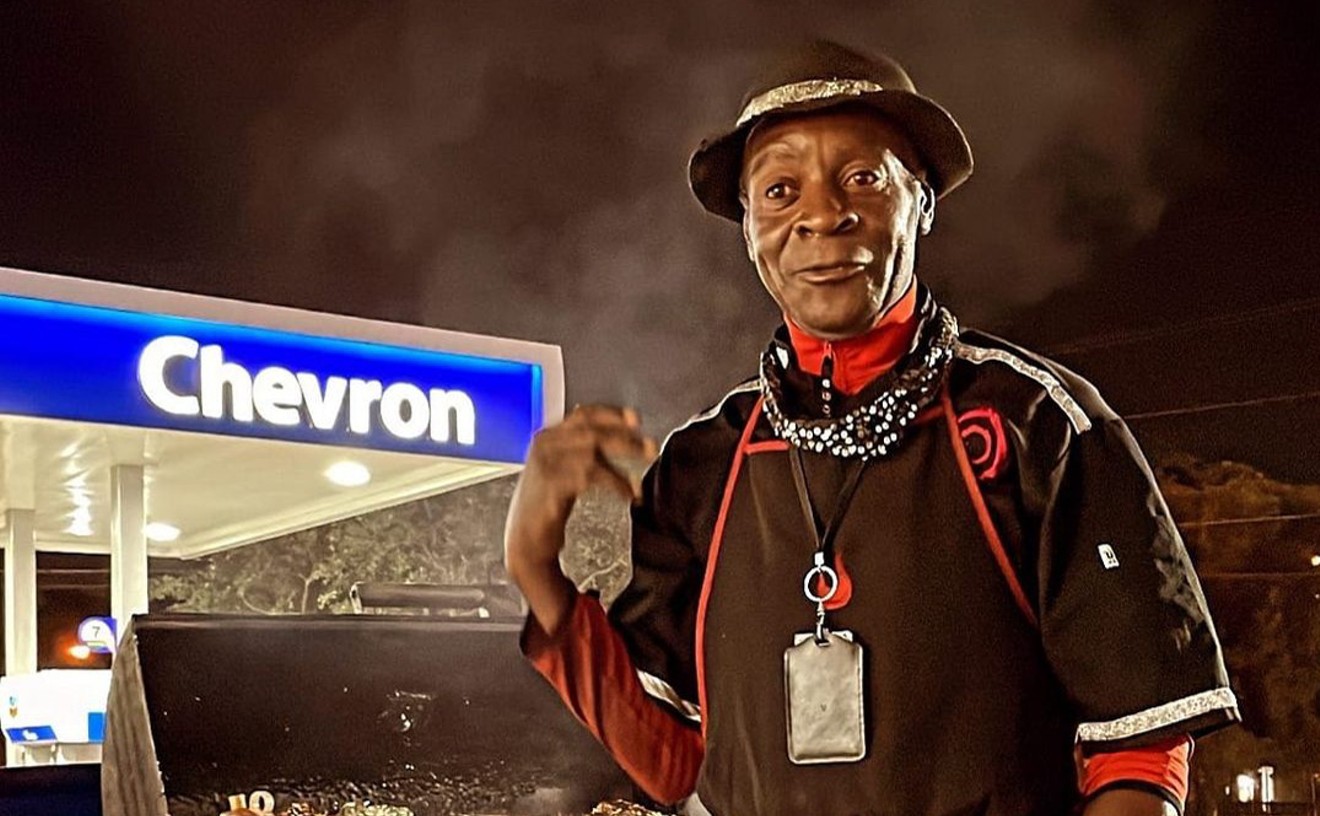The opening sequence of The Glass House gives fair warning as to what is coming, presenting us with a nubile young beauty fleeing from a man wearing a mask that looks to be left over from a concert by shock-rock band Slipknot. Naturally, this is only a movie within a movie, and as the young teen audience screams with glee, 16-year-old Ruby (Leelee Sobieski) simply takes it in stride and chews her popcorn. As she and her friends exit the theater, we see that the marquee advertises, among other things, Urban Legend 3-D.
Perhaps one might take this opening sequence to mean that, unlike in the movies, we're about to see something really scary. But given the obvious jokiness of the marquee (and the fact that the Urban Legend films were, like this film, also distributed by Sony), it becomes clear that, in effect, we're watching that cheesy stalker movie, an absurd suspense flick designed for pure entertainment and minimal scrutiny. Indeed, that's the only way to look at it. Middle-aged parents are often incapable of accepting cheap thrills and ironic detachment all at once, but don't be too surprised if their kids make this a big hit come next year's MTV movie awards.
Ruby's a bit of a delinquent, we learn, but in a generally harmless way: She sneaks out at night to smoke cigarettes with her friends and laugh at her clueless parents (Michael O'Keefe and Rita Wilson). Like many teen-age girls, she's also disdainful of her younger brother, Rhett (Jurassic Park III's Trevor Morgan). Ruby's parents are loving and considerate, but not for long. We're mercifully none too far into the movie when an off-screen car crash wipes them out so that the real plot can begin. As explained by the family's aging attorney (Bruce Dern), Ruby and Rhett are going to be sent to live with the Glasses, two longtime neighbors who have recently moved away to Malibu.
In order to ensure the absolute redundancy of the film's title metaphor, the new family is not only named "Glass," but the couple's domestic situation is fragile, and their house is literally made mostly of glass. Erin Glass (Diane Lane) is a psychiatrist with an array of drugs that's probably larger than it should be, while Terry (Stellan Skarsgård) runs a transportation company and sports a sinister foreign accent that gets worse when he drinks, which is virtually all the time. For no apparent reason, given the hugeness of the crystalline residence that looks almost like a fairy-tale ice palace, brother and sister are forced to share one tiny bedroom, which the lad quickly overwhelms via top-volume N64 and PlayStation games. If bedroom woes aren't enough, Erin has the audacity to serve calamari and risotto for dinner, despite the kids' expressed choice of Garfield-brand canned pasta.
But then evidence starts to emerge that the Glasses are not only pretentious rich bastards, they're also evil! They listen in on private phone conversations. Erin shoots up sedatives every night. Terry seems to be putting the moves on Ruby. Ruby's e-mail account is mysteriously deleted, and the maid is fired when she drives Ruby somewhere without the express consent of Terry. Evidence even begins to emerge that they might have been responsible for their parents' accident. Or is it all just in Ruby's head, the product of a pissed-off and disempowered adolescent's fantasies?
The screenplay, by veteran scribe Wesley Strick (Scorsese's Cape Fear), would like to think it's treading a delicate balance between paranoia and legitimate suspense, but it tips its hand a little early, in a long expository scene in which the true culprits explicitly reveal themselves and their motivations. This scene and a couple of others like it are the film's weakest device, as they try to humanize an evil that on the other hand reaches Freddy Krueger-like indestructible-bogeyman status. You can't really have it both ways, which is why Terry O'Quinn was so good as a demented average Joe in 1987's The Stepfather, but less believable as a back-from-the-dead maniac in Stepfather 2. Skarsgård is certainly the most enjoyable creepy guardian since O'Quinn, but he's more fun when we don't have to try and see his point of view. He can be incredibly funny in his madness, at one point delivering a concise analysis of Hamlet ("Don't you hate how he can't make up his mind? Be, not be, be...") that gets a good laugh from those in the audience old enough to know what Hamlet is.
Director Daniel Sackheim, a TV show helmer making his feature debut, knows he isn't making great art here, but he's gonna get some darned pretty pictures from it nonetheless. It's all about watching Leelee in her underwear running through glass rooms while Skarsgård gets progressively more demented-looking. There are even some trying-to-be-hip gags that are actually funny, as when Ruby, undressing in the small, shared bedroom, tells her brother to face the wall and he responds, "What are you, the Blair Witch?" or when she lures the youngster out of the house with the promise of a free Dragon Ball Z video. Though it's entirely possible that no one in America right now is in the mood for a suspense film, The Glass House delivers solid escapist fare for the Friday-night-at-the-mall movie crowd.










